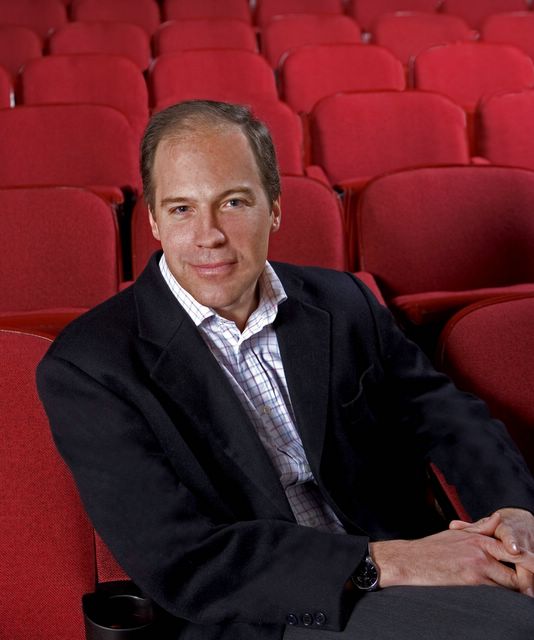In Concert!
DVD DETECTIVE: IN CONCERT!
For movie gatherings, outstanding rock documentaries and concert films are virtually guaranteed crowd pleasers, particularly if your video set-up features a decent sound system. And no surprise, there are a host of fabulous rock titles on DVD that only improve with repeat viewings.
It was 1967, and the summer of love, a charged moment when rock’n’roll was evolving in daring new directions, fueled by psychedelic drugs, the sexual revolution, and a new generation finding its voice. It was the summer of “Sergeant Pepper’s”, and the Monterey Pop Festival, which documentarian D.A. Pennebaker covered like a blanket, filming everything and everyone. Thus was created the first feature length rock concert film, “Monterey Pop”, showcasing immortals Jimi Hendrix, Otis Redding, Janis Joplin, Jefferson Airplane and The Who, among others. The incredible music they made lives on, but Pennebaker’s magic camera makes it seem so close and so real that the distance of forty years quickly recedes. The Criterion Collection’s re-mastered three disc set contains the original eighty-five minute feature, and for those wanting more (and who wouldn’t ?), a second disc focusing on Hendrix and Redding’s stunning work, and finally, a third DVD full of priceless out-take performances. All true rock lovers should own this set.
Of course, the monster of all rock concerts, and concert films, is “Woodstock” (1970), Michael Wadleigh’s astonishing visual document of the legendary three-day music festival that drew nearly 500,000 people to Max Yasger’s farm in 1969. A slew of cameras, (one of them manned by a young Martin Scorsese) roam from stage to mud-caked street, encountering band members, crew, fans, cops, and local “squares” alike, while the greatest acts of the time— Hendrix and The Who (again), along with Joe Cocker, Sly and the Family Stone and others, perform at their respective peaks. Musician and “person-in-the-street” interviews are interwoven with concert performances, all of it presented in the then-ground-breaking format of multiple on-screen images. Most everyone appears justifiably awestruck at the influx of humanity that fueled this largest of all “happenings.” “Woodstock” is a nearly four-hour kaleidoscope of unremitting fascination, another must for rabid rock fans.
That same year, we joyfully discover that the king of ‘50’s rock-n’-roll is still kicking in Denis Sanders’ rousing “Elvis: That’s The Way It Is”. Here we find Presley at a crossroads, with the waning of his movie career allowing him to get back to live performing. Presley looks terrific as he rehearses for his much ballyhooed Las Vegas opening, and beyond the force of his charisma and talent in full blossom, we get a glimpse of Presley’s comical, playful side, which humanizes this larger-than-life entertainer. “Way” culminates in a predictably triumphant opening night performance, with such luminaries as Cary Grant and Sammy Davis, Jr. in attendance. The ensuing years would not be kind to Elvis, which lends poignancy to this last moment when he appeared at his very best.
Six years later, in “The Last Waltz”, wunderkind director Martin Scorsese would capture The Band’s farewell tour after sixteen years on the road. To mark the milestone, the group assembled a rock hall-of-fame to join them, including Bob Dylan (whom the group backed for years), Eric Clapton, Joni Mitchell, Van Morrison, Muddy Waters, Dr. John, and Neil Young. The rest is music history. Robbie Robertson, the film’s producer and guiding light behind The Band, is the epitome of cool, off-stage and on. Highlights include Joni Mitchell’s “Coyote”, Waters’s earthy, soulful “Mannish Boy”, Dr. John’s dreamy “Such A Night”, and Clapton’s jaw-dropping guitar work on “Further On Up The Road”. Scorsese hired top directors of photography to film this event from every angle, and the result is an intimate, exhilarating ride into the heart of rock music.
Filmed over a three-day stint at Hollywood’s Pantages Theater, director Jonathan Demme’s first outing, “Stop Making Sense” (1984) celebrates the inspired pop energy of David Byrne’s Talking Heads, as they’ree joined onstage by a succession of phenomenal players, including keyboardist Bernie Worrell. This infectious film captures the group at the pinnacle of their fame, but still it’s much more than a filmed performance. Working from an idea hatched by Byrne, “Sense” opens with his solo rendition of “Psycho Killer” (accompanying himself on a boom-box) and then builds, song by song and player by player, to a roof-raising climax with “Burning Down the House.” Demme’s film is an uplifting, concept-driven dance party that avoids all the clichés.
Finally, one of last year’s top documentary releases was Martin Scorsese’s two-part “No Direction Home”, an ambitious, insightful profile of Bob Dylan, first covering the enigmatic balladeer’s rise, then his risky, courageous transformation from folk artist to rock’n’roller in the mid-sixties. Simultaneously, Dylan was under pressure from colleagues, fans and the press to assume a more active political role in those divisive days, but he steadfastly refused, for all the right reasons: He wanted simply to make music, and have the music speak for itself. The film suggests that even if Dylan’s 1966 motorcycle accident hadn’t sidelined him indefinitely, he still would have taken a lengthy hiatus from live performing, as his mid-sixties English tour was met with audience hostility every time the singer picked up an electric guitar, further straying from his folk roots. Including modern day interviews with Joan Baez, Pete Seeger, and Allen Ginsberg, Scorsese crafts a penetrating sixties time capsule, and a revealing meditation on the price of artistic integrity and iconic super-stardom. John Farr


0 Comments:
Post a Comment
<< Home